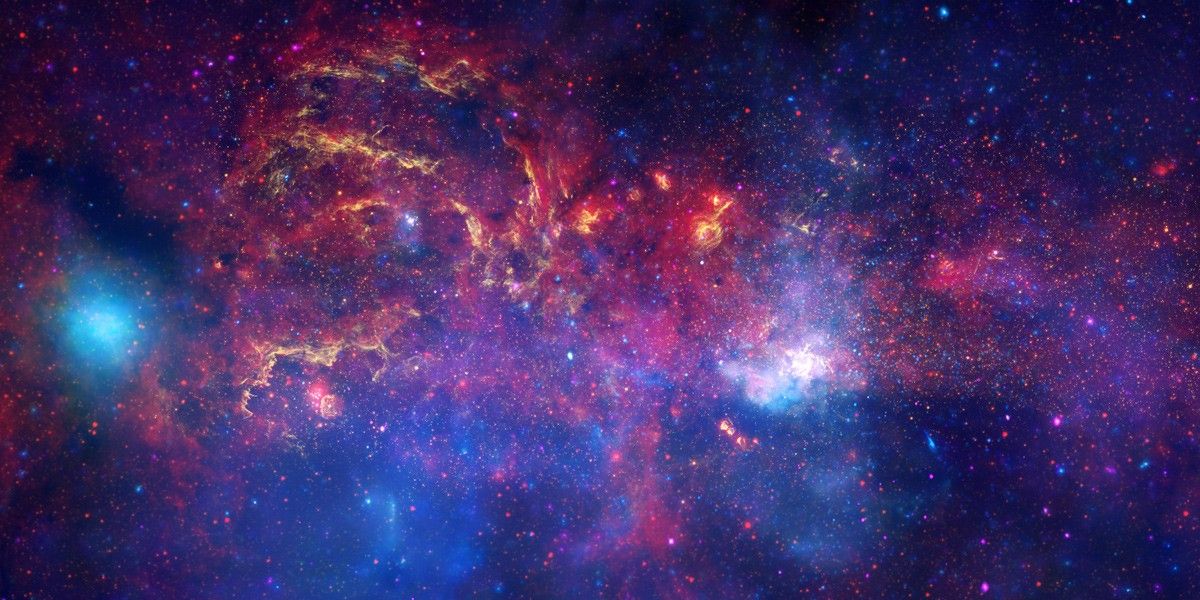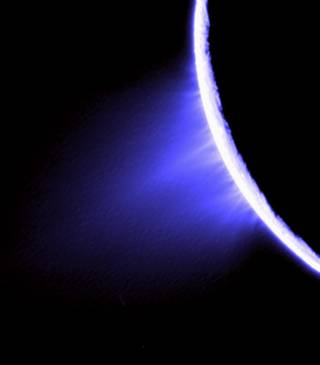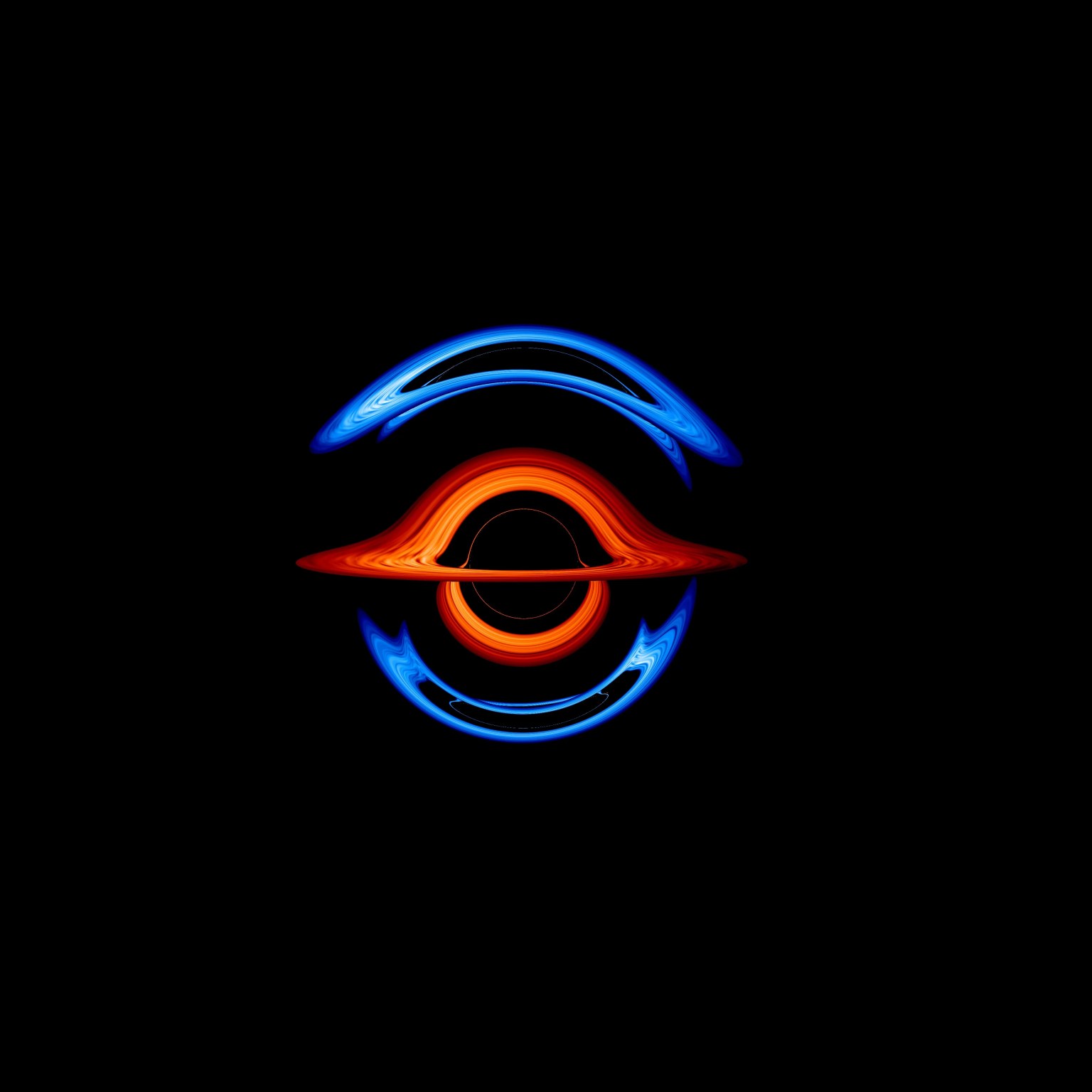Whether life exists beyond Earth is one of the most profound questions of all time. The answer will change us forever — whether it reveals a universe rich with life, one in which life is rare and fragile, or even a universe in which we can find no other life at all.
The hunt for an answer also is revealing important details about our own place in the universe — where we came from, how life came about and, perhaps, where we’re headed.

The years and decades ahead will bring us ever closer to the ultimate in self-reflection: a mirror image of our own planet Earth. A small, rocky world with clouds, oceans and an atmosphere bearing signs of possible life. This might be a combination of gases – oxygen, carbon dioxide and methane – that, seen by themselves, don't tell us very much, but together speak volumes.
Such a world might be hundreds of light-years away, perhaps forever out of reach. But the molecular evidence we read in its atmosphere, using ever more acute technology, could give us the answer we've awaited since the dawn of humanity: No, we are not alone.

NASA's Search for Life
The ultimate goal of NASA's Exoplanet Program is to find unmistakable signs of current life.
Exoplanets’ own skies could hold such signs, waiting to be revealed by detailed analysis of the atmospheres of planets well beyond our solar system.
When we analyze light shot by a star through the atmosphere of a distant planet, a technique known as transmission spectroscopy, the effect looks like a barcode. The slices missing from the light spectrum tell us which ingredients are present in the alien atmosphere. One pattern of black gaps might indicate methane, another, oxygen. Seeing those together could be a strong argument for the presence of life. Or we might read a barcode that shows the burning of hydrocarbons; in other words, smog.

Finding Another Blue and White Marble
For a world to have life as we know it, we understand that it would need liquid water on the surface, however, it might not look anything like Earth.
The planet would most likely exist in the “habitable zone” of the star it orbits, where it is neither too close nor too far from its star. Also called the Goldilock’s zone, this is the area around a star in which liquid water could exist on planets over geological timescales and where its atmosphere could contain the right balance of gases that could support life.
Partners in the Search for Life
NASA scientists hunting for life beyond Earth form a broad coalition: those investigating our solar system, ancient or extreme life forms on Earth, and even our Sun. Signs of life might be found on Mars, Jupiter's moon Europa or Saturn's moon Enceladus, and potential future missions are in the conceptual or planning stages. Better understanding of early Earth life, or even living "extremophiles," could inform our attempts to detect life beyond our planet. And truly knowing distant exoplanets requires knowledge of the stars they orbit; greater understanding of our Sun will help us to know other stars.
Webb Narrows Atmospheric Possibilities for Earth-sized Exoplanet TRAPPIST-1 d
The exoplanet TRAPPIST-1 d intrigues astronomers looking for possibly habitable worlds beyond our solar system because it is similar in…
Read the Story
































